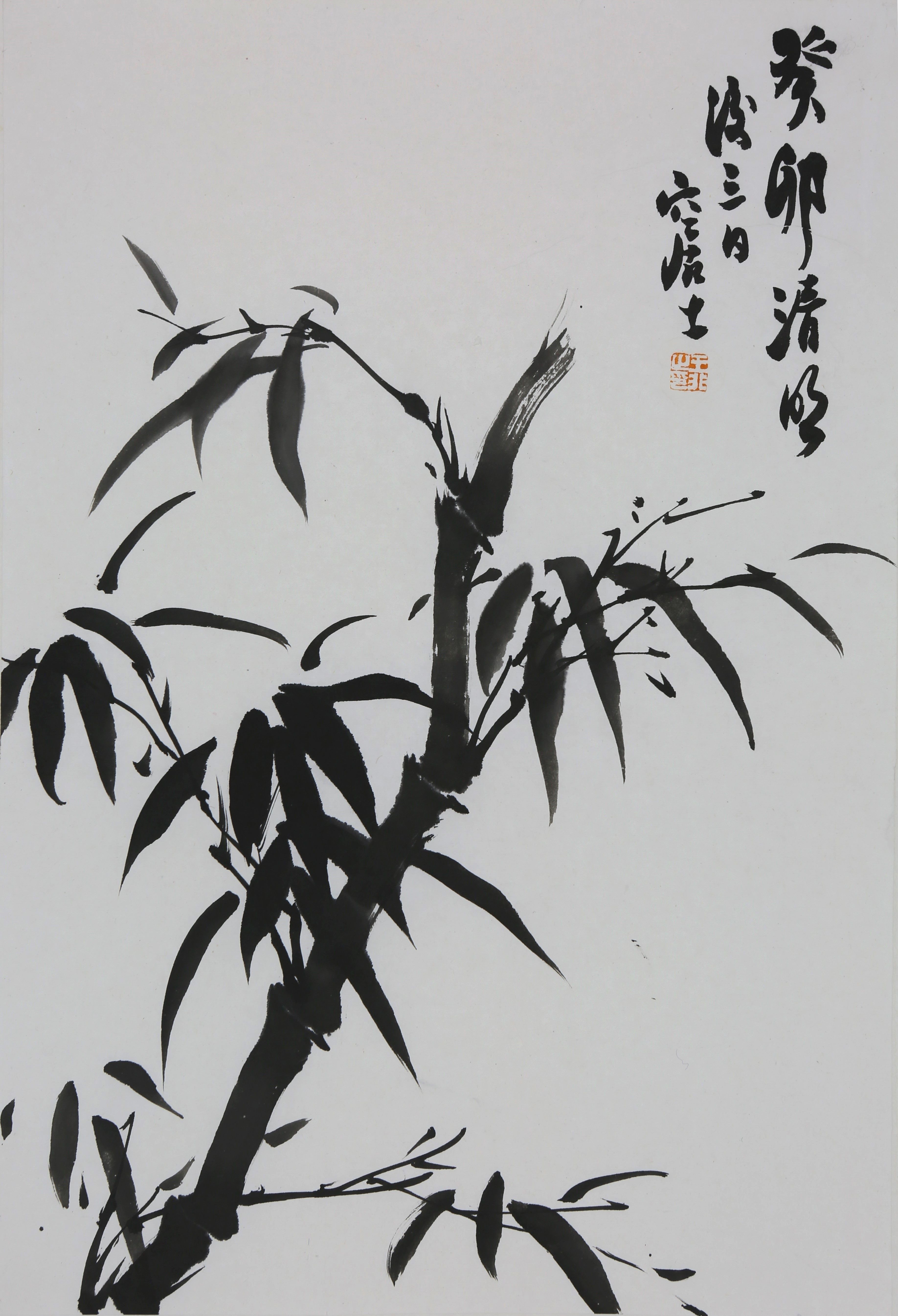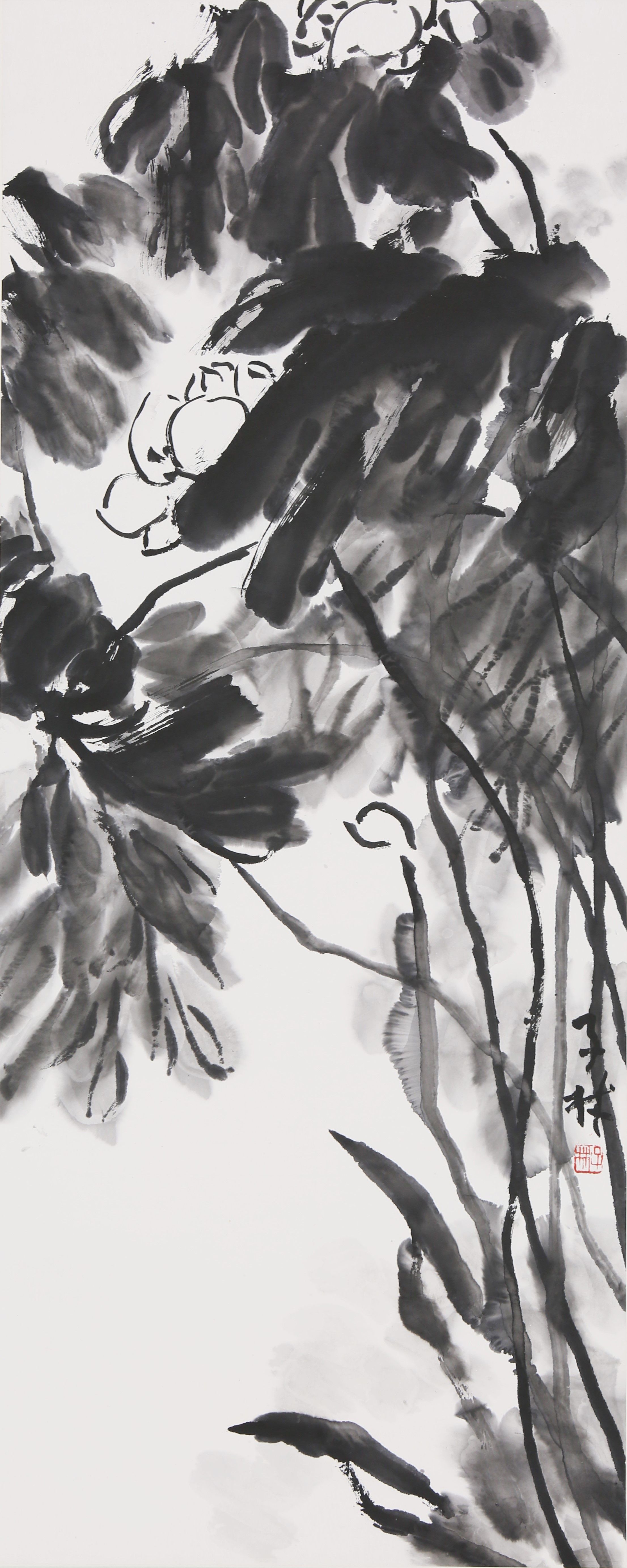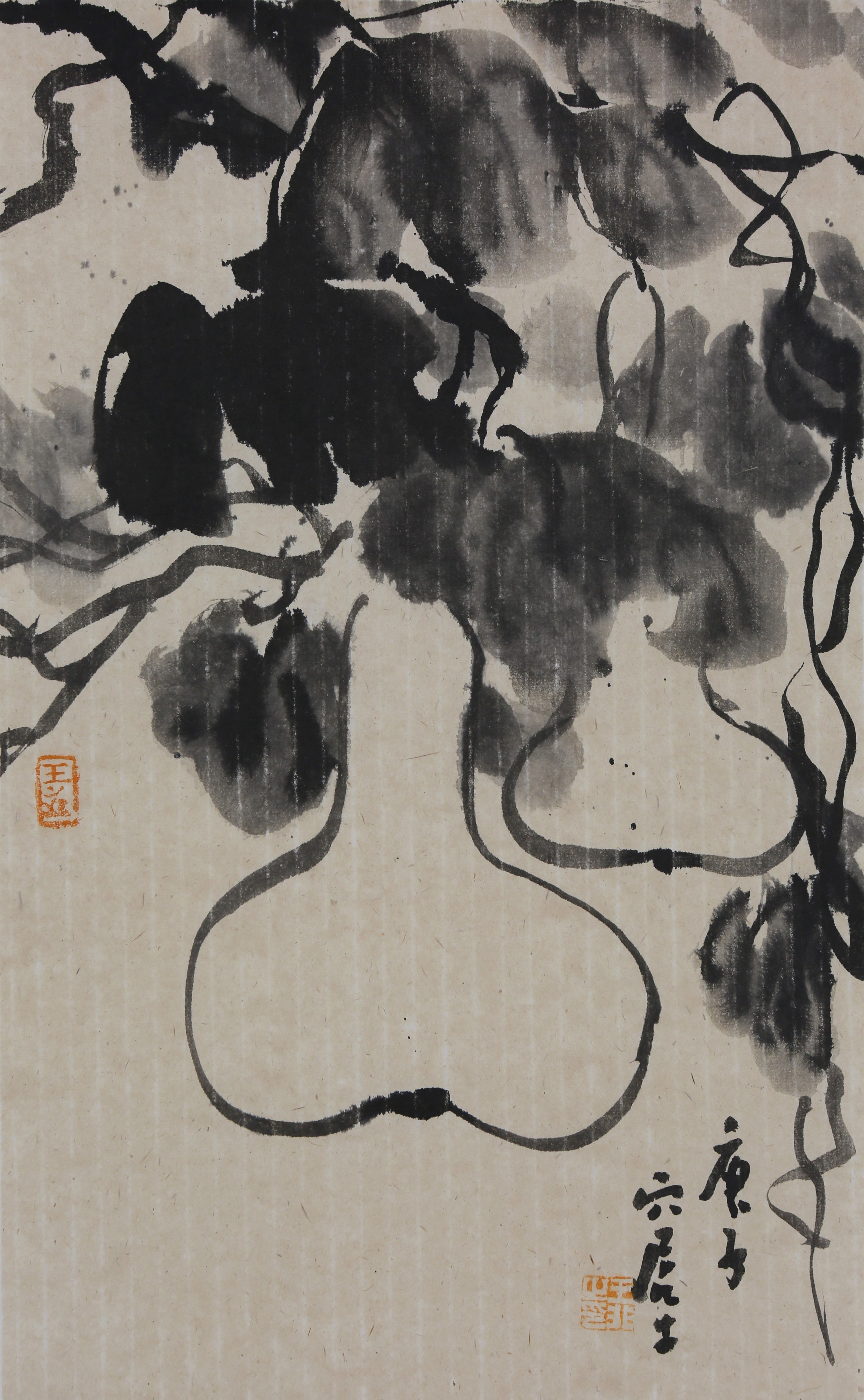Understanding Chinese Ink: More Than Just Black and White
解讀中國水墨:不只是黑與白

Explore the rich complexities of Chinese ink painting, where the interplay between black and white creates infinite artistic possibilities. Learn how traditional ink techniques, philosophical concepts, and modern applications come together in this sophisticated art form that transcends simple monochrome expression.
Chinese ink painting transcends simple monochrome - it embodies an entire philosophy of artistic expression where the interplay between black and white creates infinite possibilities of meaning and beauty.
The Nature of Chinese Ink
Traditional Chinese ink (墨, mò) is made from soot, typically derived from pine or oil, bound with glue and natural fragrances. The finest inks undergo a complex manufacturing process that can take months or even years. Each ink stick is not merely a tool but a work of art itself, often decorated with intricate patterns or calligraphy.
The seemingly simple black color contains multitudes - when ground with water on an inkstone, it can produce at least five distinct tones: deep black (濃), dark (重), medium (中), light (淡), and pale (清). Master painters often say they can distinguish dozens more subtle gradations.
 Fig.1 Chen Zilin, Ink Landscape
Fig.1 Chen Zilin, Ink Landscape
The Dance of Water and Ink
The interaction between ink and water is central to Chinese painting. Artists must understand how different amounts of water affect ink's behavior on paper. This relationship creates various effects:
- Wet on wet (濕墨): Creating soft, cloudy effects
- Dry brush (乾墨): Producing textured, scratchy strokes
- Splashed ink (潑墨): Generating spontaneous, abstract forms
- Broken ink (破墨): Developing complex textures
- Layered ink (積墨): Building depth through multiple applications
Philosophical Dimensions
In Chinese thought, black ink represents the essence of all colors. This concept stems from the philosophical idea that simplicity contains complexity - just as Dao (道) gives rise to the ten thousand things. The white space in Chinese paintings is not empty but rather full of potential, representing the qi (氣) or vital force that animates all things.
 Fig.2 Wang Fei, Ink Bamboo
Fig.2 Wang Fei, Ink Bamboo
Modern Applications
Contemporary artists continue to explore ink's possibilities, combining traditional techniques with modern sensibilities. Some create abstract expressions using traditional materials, while others incorporate ink techniques into mixed media works or digital art.
The Language of Ink
Understanding Chinese ink painting requires learning to "read" the various brushstrokes and ink variations. Each type of stroke or ink effect has its own expressive quality:
- Sharp, defined lines suggest strength and clarity
- Soft, diffused edges express gentleness or mystery
- Dry, scratchy strokes convey texture and age
- Rich, saturated areas create focal points
- Pale, ethereal washes suggest distance or atmosphere
 Fig.3 Chen Zilin, Ink Lotus
Fig.3 Chen Zilin, Ink Lotus
Collecting and Appreciation
For collectors and enthusiasts, understanding ink's qualities is essential for appreciating Chinese painting. Look for:
- The range of tones within a single work
- The relationship between dark and light areas
- The quality of brushwork
- The integration of ink effects with the subject matter
- The overall composition's use of ink gradation
This understanding of ink's subtle qualities opens up new appreciation for Chinese painting. What appears at first to be simple black and white reveals itself as an intricate dance of shade and texture, each stroke and tone carefully chosen to express the artist's vision.
For Western viewers, Chinese ink painting offers a different way of seeing - one where suggestion can be more powerful than direct representation, and where the space between forms holds as much meaning as the forms themselves. It demonstrates how limitation can breed creativity, as artists throughout history have found endless possibilities within the apparent constraints of black ink on white paper.
 Fig.4 Wang Fei, Ink Wash Gourd
Fig.4 Wang Fei, Ink Wash Gourd
